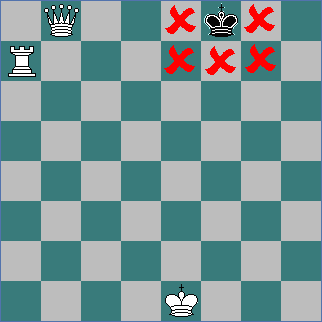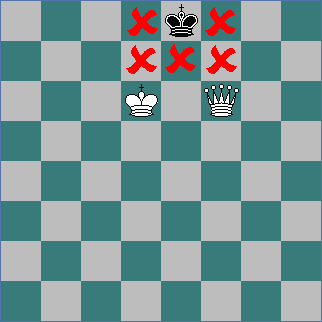
You've also learned about drawing a game by STALEMATE.
In this lesson we look at other ways you can win or draw (or lose!) a game of chess.




|
In most chess tournaments if you WIN a game you score ONE POINT, if you LOSE you score nothing, and if you DRAW both players score half a point. If you understand the rules about WINNING and DRAWING you can call yourself a real chess player. Click here for a quiz on this lesson. 


|